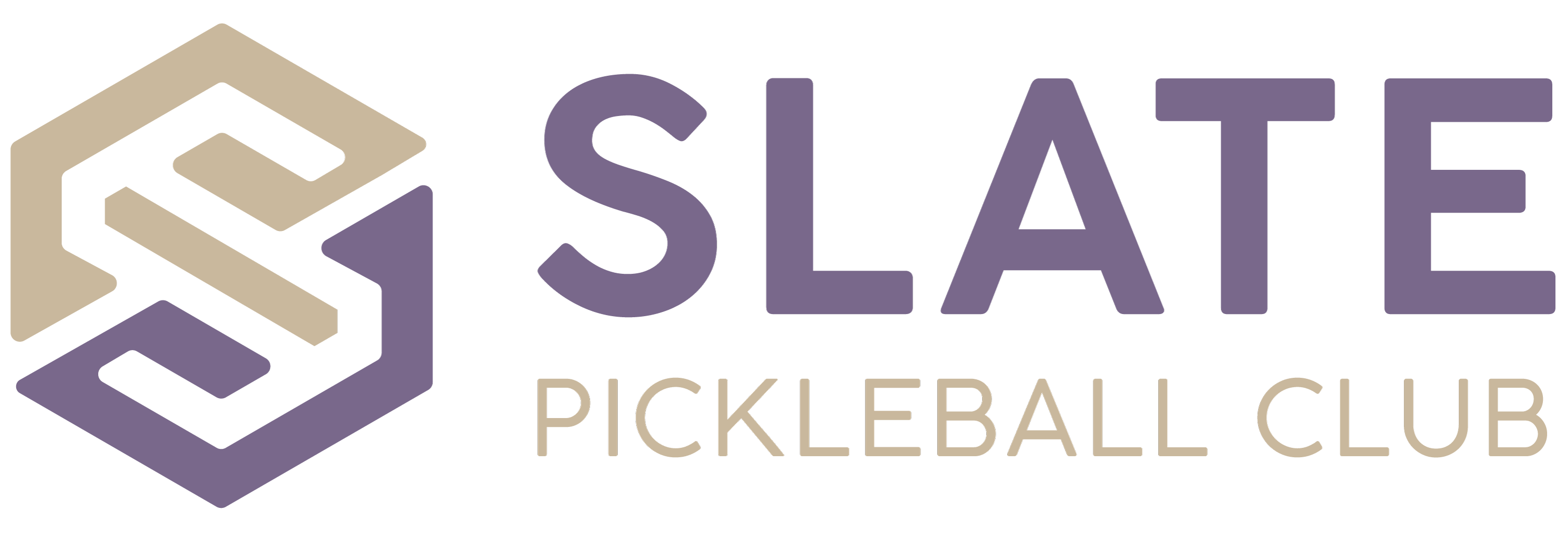As I’ve gotten a few of my tennis professional pals onto the open play pickleball courts, I’ve noticed three major incorrect technical patterns that all these athletes succumb to, preventing them from getting to 4.0+ right away.
The first is you’ll see a lot of balls dumped right into the net when ex-tennis players attempt top-spinning hard shots: serve, returns, and drives. The reason for this is the physics of when the ball impacts the racquet/paddle. When a tennis ball contacts the racquet face on a topspin drive shot, the strings literally grab the ball, holding it in the spaces between the strings, then release it with a trampoline effect. This forces the player to keep the angle of the racquet face down to stay consistent, as the path is low to high and through to create heavy topspin, and the speed of the racquet quite fast. There is a similar effect for slice/underspin shots.
But on a paddle face, there, of course, aren’t any strings. If you hit a topspin shot that would rock the tennis court, it’ll fall into the net in pickleball using the same technique. Since there is much less force pushing the ball up, as grit is nothing compared to space between strings, tennis players need to readjust the angle of their paddle to be more open to impart the necessary height.
The second technical mistake is the footwork on the return of serve when balls are aimed in the direction of the player. In tennis, on the return at the highest levels of play, you will set your feet and load and explode when serves are aimed more centered. This is to generate solid balance and immense power. Recovery to the net after a return is generally a rare occasion at the highest levels.
In pickleball, when ex-tennis players return and attempt to recover to the non-volley zone as quickly as possible, they will still set their feet to hit, stopping their momentum forward before and after executing the shot. Good opponents will execute a hybrid third shot drop/drive right at their feet as they are late transitioning to the non-volley zone, forcing the ex-tennis player to pop up an easy boy.
The solution is to get the ex-tennis player used to running while hitting without pause. Do a few hundred of those reps and hopefully you’ll see a quicker transition up!
The final technique is on the volleys. I’m aware that expert tennis players will only put a bit of underspin or “slice” on the tennis ball to add control, variety, and depth to their shots. But I’m talking about when they are already reasonably versed on flick and roll topspin volleys for pickleball, which doesn’t exist in tennis.
You’ll notice when ex-tennis players try to be offensive at the non volley zone, there’s a lot of net misses. The reason is when tennis players are being highly offensive at the volley position on the tennis court with power volleys (chest to head range of contact point), there must be a bit of a downward motion on the racquet to ensure the ball doesn’t fly out. This goes back to the string trampoline effect from the first technical point.
In pickleball, due to the dimensions of the court, physics of the slower ball, and the distance between the player and the net, this habit from tennis often results in dumped attacks in the net. These ex-tennis players also can’t use weight transfer with their footwork to get better drive and depth due to the rules of the non-volley zone, furthering the issue.
The solution here is to adjust the paddle pathway on attacks to have a more low to high trajectory. It goes against years of tennis training, but must be done to readjust to the physics of pickleball!
So there you go! Try it out…bring a great tennis player to the pickleball court. I guarantee that you’ll see these same issues.

Leave a Reply